
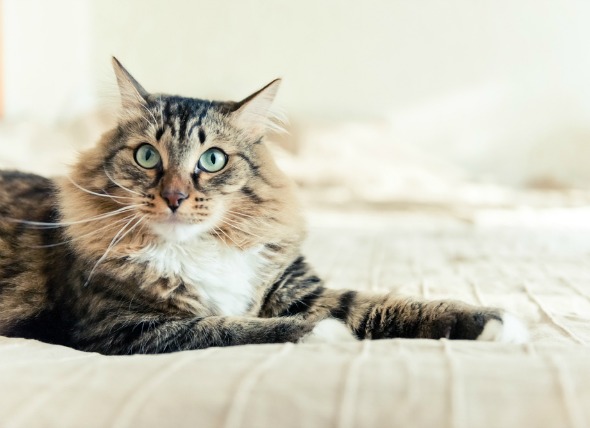
Hypertension, more commonly referred to as high blood pressure, occurs when the cat's arterial blood pressure is continually higher than normal. When it is caused by another disease, it is called secondary hypertension; primary hypertension, meanwhile, refers to when it actually is the disease. Hypertension may affect many of the cat's body systems, including heart, kidneys, eyes, and the nervous system.
Systemic hypertension can affect both dogs and cats. If you would like to learn more about how this condition affects dogs, please visit this page in the PetMD health library.
The following are just some of the more common symptoms displayed by cats with high blood pressure:
The cause of primary hypertension in cats is not known. However, it may have a genetic component. So how prevalent is this form of hypertension? Studies have varied, but one study found that 65 percent of cats with chronic renal failure and 87 percent of cats with hyperthyroidism had mild high blood pressure. Ages of cats with hypertension ranged 4 to 20 years old.
Secondary hypertension, which accounts for 80 percent of all hypertension cases, may be due to a variety of factors, including renal disease, hormonal fluctuation, and hyperthyroidism.
Diabetes may also be a cause for hypertension, although it is uncommon in cats. If you suspect that your cat is suffering from hypertension, bring it in so that your veterinarian may provide a proper diagnosis.
Blood pressure is often measured in pets in the same manner as in humans. An inflatable cuff will be placed on the cat's paw or tail, and standard blood pressure measuring instruments will check the pressure. It is important to keep the cat still long enough to get an accurate reading.
The standards for cat blood pressure are:
Five to seven measurements are generally taken. The first measurement will be discarded, and the cat's excitement level during the procedure will be taken in account. If the results are in dispute, the procedure will need to be repeated.
The underlying cause of the high blood pressure will be treated first. Otherwise, the cat will probably be on medication to control the blood pressure indefinitely. The medication of choice is either a calcium channel blocker or a beta-blocker. As to cat's diet, the veterinarian may recommend food that are lower in sodium.
Blood pressure should be checked regularly, and some lab tests may be ordered by your veterinarian to measure your cat’s reactions to the medication.
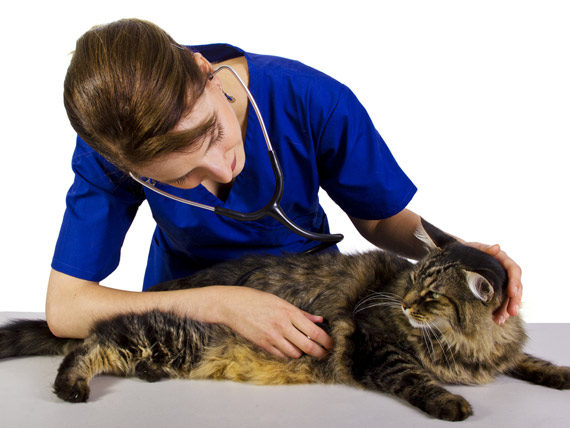 Salmonella Infection in Cats
Salmonellosis in Cats
Salmonellosis is an infecti
Salmonella Infection in Cats
Salmonellosis in Cats
Salmonellosis is an infecti
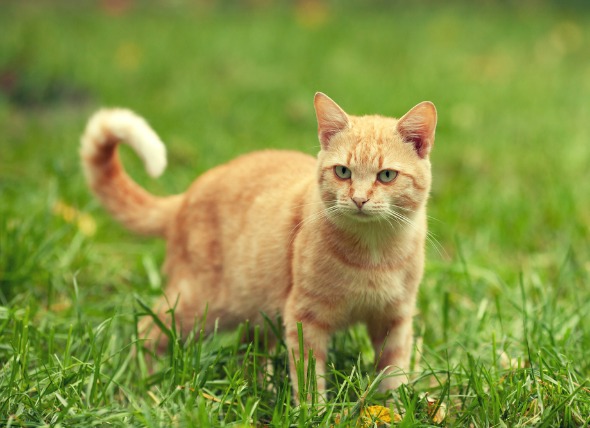 Skin Cancer (Squamous Cell Carcinoma) in Cats
Cutaneous Squamous Cell Carcinoma in Cats
The epi
Skin Cancer (Squamous Cell Carcinoma) in Cats
Cutaneous Squamous Cell Carcinoma in Cats
The epi
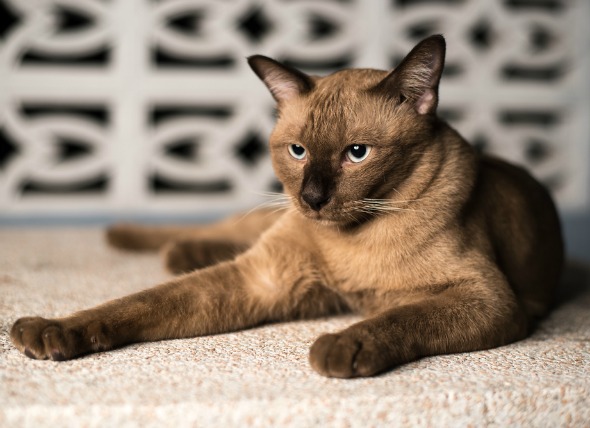 Kidney Failure (Long-Term) in Cats
Chronic Renal Failure in Cats
Sixteen out
Kidney Failure (Long-Term) in Cats
Chronic Renal Failure in Cats
Sixteen out
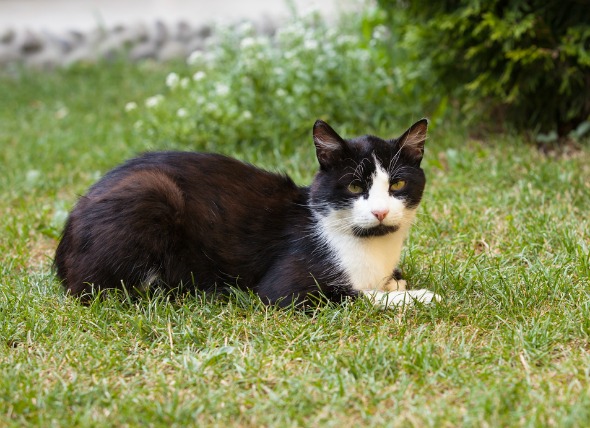 Stomach Worm Infection (Physalopterosis) in Cats
Physalopterosis in Cats
Physalopterosis is caused
Stomach Worm Infection (Physalopterosis) in Cats
Physalopterosis in Cats
Physalopterosis is caused
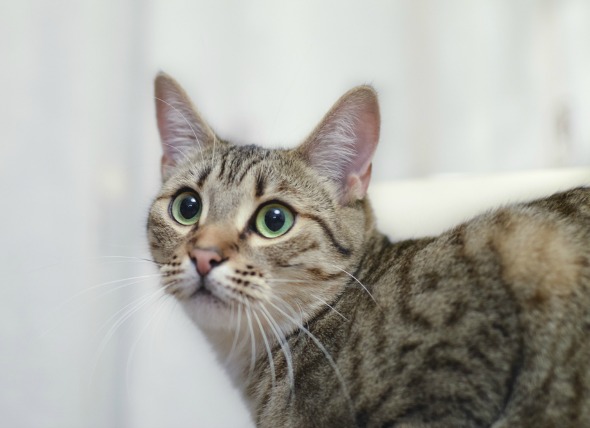 Inflammation of the Middle and Inner Ear in Cats
Otitis Media and Otitis Interna in Cats
Ot
Inflammation of the Middle and Inner Ear in Cats
Otitis Media and Otitis Interna in Cats
Ot
Copyright © 2005-2016 Pet Information All Rights Reserved
Contact us: www162date@outlook.com